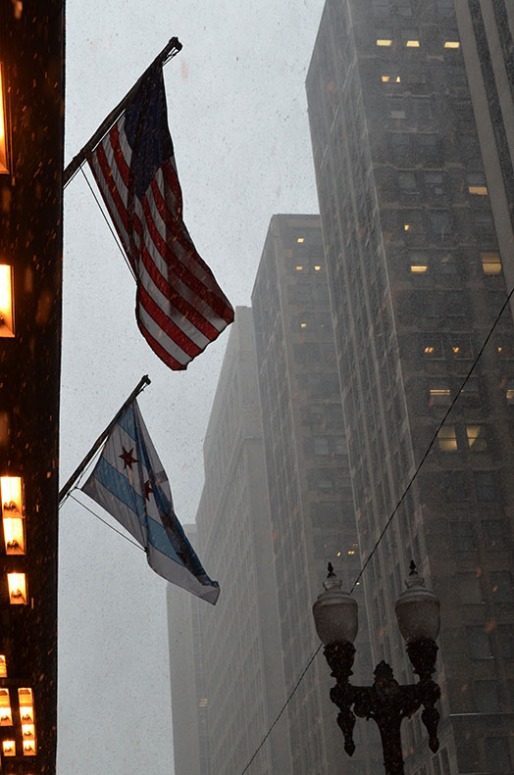(Note: This article was published by the Texas Tribune here.)
WASHINGTON — Already the country’s leading natural gas producer, Texas could see the industry expand even further in the state under a proposal approved Wednesday by a U.S. House subcommittee. But critics of the measure say that there are environmental concerns that should not be cast aside.
H.R. 1900, approved by the U.S. HouseCommerce and Energy Committee’s subcommittee on energy and power, would require federal agencies to accept or deny an application for new natural gas pipeline projects within 12 months of the initial request. If 12 months pass without any decision, pipeline applications would be automatically accepted. Previously, there was no set timeline for when a permit would be granted.
“The legislation simply gives companies looking to invest in a gas pipeline infrastructure some degree of certainty regarding how long a permitting process will take,” said U.S. Rep. Mike Pompeo, R-Kansas, author of the measure, which now goes to the full Energy and Commerce Committee.
The measure has big implications for Texas, which accounts for about a quarter of U.S. natural gas production, according to the U.S. Energy Information Administration. According to the administration, Texas has 163 natural gas production plants, a number that could grow with the help of the measure.
U.S. Rep. Joe Barton, R-Ennis, said that both consumers and producers would benefit if the bill becomes law.
“Rising demand for natural gas is outpacing the capacity of our aging pipeline infrastructure,” Barton said in a statement. The bill would “promote investment in pipelines thereby increasing access to affordable and reliable gas.”
But critics are worried that expedited licensing could impact environmental safeguards that are already in place.
Luke Metzger, director of Environment Texas, said he is concerned that safety and health protections may be thrown aside in the industry’s eagerness to expand markets abroad. He specifically cited that further analysis is needed regarding hydraulic fracturing, also known as fracking, a process that uses a mix of water, sand and chemicals to break through shale rock to obtain oil and gas. Metzger said the chemicals can seep into air, water and soil and are often blamed for pollution in and around drilling areas.
“If we’re exporting it, we’re keeping all the pollution and sending the product elsewhere in the world,” Metzger said.
Proponents of the measure say that health and safety protections are in place and won’t be compromised. They also say that the Federal Energy Regulatory Commission already examines natural gas pipeline projects for safety. They said the focus of this bill is on efficiency with the process.
State Rep. Jim Keffer, R-Eastland, the chairman of the House Energy Resources Committee, who sponsored similar legislation in the House, is optimistic that the U.S. House measure would benefit Texas’ natural gas industry. Still, he hopes that efficiency does not trump the environment.
“You have to balance out what is good for the economy versus what the effect on citizens and the environment is,” Keffer said. “It is a balancing act. One can’t take precedent over the other so much.”
While H.R. 1900 focuses on natural gas pipelines within the contiguous United States, it could impact liquid natural gas, which is exported abroad and has significant demand in the world market. The legislation would thus not only have the potential to help facilitate the construction of natural gas plants, but it could also similarly help with the creation of new liquid natural gas plants as well.
In a statement, U.S. Rep. Gene Green, D-Houston, a member of the subcommittee, said he was concerned about unintended consequences of the legislation. “For example, agencies may deny the permit because they lack sufficient time for an adequate and legally defensible review.”





